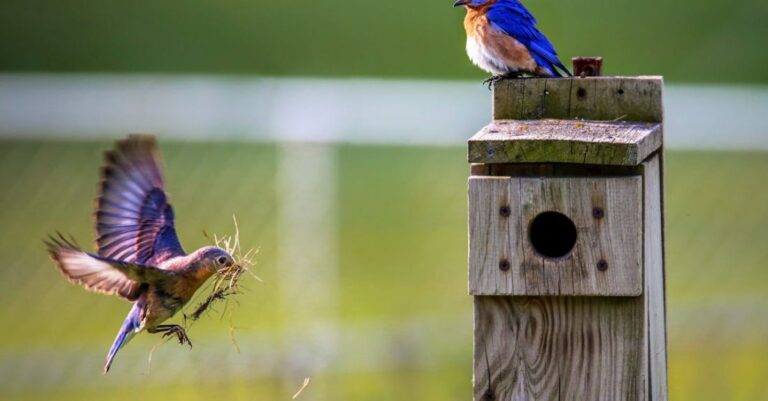
Birdwatching is a fascinating pastime enjoyed by many nature enthusiasts. The ability to identify different bird species adds a layer of excitement and satisfaction to this activity. With over 10,000 bird species worldwide, recognizing and distinguishing between them can seem like a daunting task. However, by paying attention to key characteristics and behaviors, you can become proficient in identifying various bird species. In this article, we will explore some helpful tips on how to differentiate between different birds while out in the field.
Understanding Bird Morphology
One of the fundamental aspects of identifying bird species is understanding their physical characteristics. Birds come in various shapes and sizes, and each species has unique features that set them apart. Pay close attention to the bird’s size, shape, and plumage. Size can be a helpful indicator, as larger birds like eagles and herons are distinct from smaller species like warblers and sparrows. Shape also plays a crucial role – some birds have long, slender bodies, while others are more robust and compact. Additionally, observe the bird’s plumage, noting any distinctive colors, patterns, or markings that can aid in identification.
Behavioral Cues
Bird behavior can provide valuable clues when trying to identify different species. Pay attention to how the bird moves, feeds, and interacts with its environment. Some species, like woodpeckers, exhibit distinctive behaviors such as drumming on trees or hopping up and down trunks. Shorebirds can be identified by their feeding habits, such as probing the sand for food or skimming the water’s surface for prey. Understanding these behavioral patterns can help you narrow down the potential species and make a more accurate identification.
Habitat and Range
Birds are highly adapted to specific habitats and ecosystems, and their range can vary significantly. Familiarizing yourself with the typical habitats of different bird species can be a valuable tool in identification. For example, waterfowl like ducks and herons are commonly found near bodies of water, while raptors prefer open spaces where they can soar and hunt. Additionally, consider the geographic range of the bird – some species are migratory and only present in certain regions during specific times of the year. By taking habitat and range into account, you can better narrow down the possibilities and identify the bird species more effectively.
Vocalizations
Birds communicate through a variety of vocalizations, including songs, calls, and alarm notes. Learning to recognize these sounds can greatly aid in bird identification, especially when visual cues are limited. Each bird species has its unique vocalizations, which can vary in pitch, rhythm, and tone. Some birds have elaborate songs used for mating and territorial purposes, while others have simple calls for basic communication. By familiarizing yourself with the vocalizations of common bird species in your area, you can enhance your ability to identify birds based on their calls and songs.
Field Guide and Resources
Carrying a reliable field guide or using birding apps can be invaluable when trying to identify different bird species. Field guides provide detailed information on bird morphology, behavior, habitat preferences, and vocalizations, allowing you to compare and match your observations with the descriptions provided. Birding apps offer additional benefits, such as real-time bird sightings, audio recordings of vocalizations, and digital illustrations for quick reference. Utilizing these resources can enhance your bird identification skills and deepen your appreciation for the avian world around you.
Practice and Patience
Like any skill, identifying bird species requires practice and patience. The more time you spend observing birds in their natural habitats, the more familiar you will become with their various traits and behaviors. Don’t get discouraged by initial challenges – instead, view each encounter as an opportunity to learn and improve your identification skills. Over time, you will develop a keen eye and ear for distinguishing between different bird species, enriching your birdwatching experiences and fostering a deeper connection to the natural world.
In conclusion, identifying different bird species is a rewarding pursuit that enhances the enjoyment of birdwatching. By focusing on key characteristics, behaviors, habitats, vocalizations, and utilizing field guides and resources, you can become proficient in recognizing and distinguishing between various bird species. With practice, patience, and a curious mindset, you can embark on a thrilling journey of discovery and appreciation for the diverse avian species that share our world. Happy birdwatching!





